What was the Eagle’s Nest?
The Eagle’s Nest (German: Kehlsteinhaus) in Berchtesgaden, dramatically perched atop the Kehlstein mountain in the Alps, was constructed between 1937 and 1938 for Adolf Hitler. It’s primary intend was for diplomatic purposes and to impress (and intimidate) foreign leaders. No expense or effort was spared in its creation.
In this article, we’ll highlight everything you’ll need to know if you want to visit Eagle’s Nest in Berchtesgaden.
The only access to the house is via a narrow, steeply winding road, which was built in record time by over 1,000 forced laborers. A 100-meter-long tunnel was also carved into the mountain, leading to a gold-plated elevator that takes visitors up to the house. At the time, the house featured a large panoramic window overlooking the Alps, which was a novelty. It’s said that Hitler enjoyed being photographed in front of this window, believing it instantly projected his grandeur to the world.

Eagle’s Nest and Obersalzberg
To fully understand the Eagle’s Nest, it’s important to view it within the larger context of Obersalzberg. Once a small village on the mountain above Berchtesgaden (roughly where the documentation center is now located), Obersalzberg became a focal point in the 1930s after Hitler, having visited in the 1920s, purchased a house there. This house was transformed into his Berghof residence.
Over time, the area was further developed and heavily fortified, becoming a headquarters of sorts for the Nazi Party, with the Berghof at its center. By the 1940s, Obersalzberg had become Germany’s second government district after Berlin. It was where Hitler felt most at home, and during the early years of his reign, he welcomed supporters there, presenting himself as a ‘caring’ Führer. After the war, the entire area was largely destroyed to prevent it from becoming a pilgrimage site for Nazi sympathizers. Eagle’s Nest is the only surviving building from that period. A visit to the documentation center (see more information below) is essential for anyone wanting to understand the full history of the area and the role of the Eagle’s Nest within it.
How is it visiting Eagle’s Nest today?
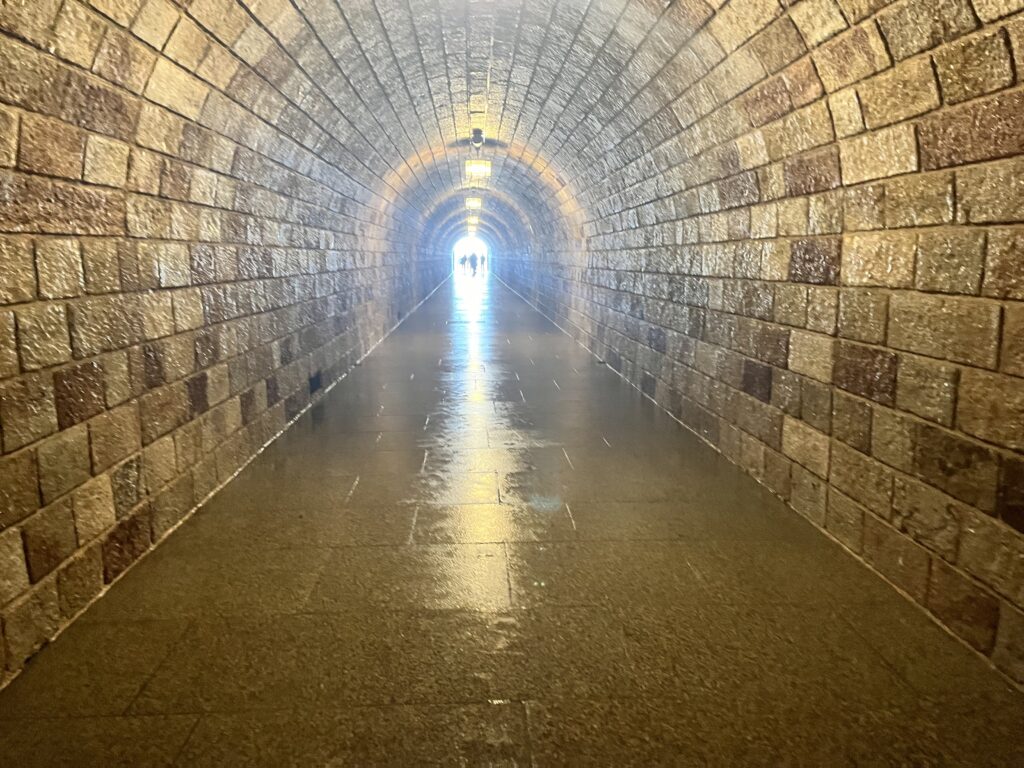
While the structure itself is still intact, the entire interior of Eagle’s Nest has been stripped, and part of the building now houses a restaurant.
However, a visit is still highly recommended. You can still walk through the original tunnel and take the elevator up to the house, for example. On the balcony of house, there are panels that display the history of the site, along with original photographs. And if you’re fortunate enough to have good weather, you’ll be treated to spectacular views of the surrounding mountains.
Where does Eagle’s Nest get its name from?
Eagle’s Nest was the name given to the site by U.S. troops after they took possession of it in May 1945, shortly before the end of World War II. Capturing the Eagle’s Nest powerfully symbolized for them the victory over Hitler and Nazi Germany. For several years, the U.S. used the building as a recreation spot for their troops before handing it over to the German government in 1952 (the panels on the patio of Eagle’s Nest illustrate this part of the house’s legacy).
The Documentation Center
The Dokumentationszentrum Obersalzberg chronicles the history of this small region in the Bavarian Alps during Hitler’s rise to power and his brutal and murderous regime. Obersalzberg was where Hitler spent considerable time with his family, friends, and Nazi Party leaders, and where some of the most pivotal and devastating decisions that ultimately led to the Holocaust were made. This dark legacy is starkly contrasted with photos of people enjoying carefree moments in the sun at Hitler’s Berghof. The exhibition also offers a compelling insight into Hitler’s early propaganda efforts, revealing how the image of him as a benevolent leader was meticulously crafted.
The exhibition concludes with a visit to an extensive network of underground rooms and tunnels that were constructed as part of Hitler’s bunker system, though it was never used. Hitler ultimately committed suicide in a bunker in Berlin in 1945.
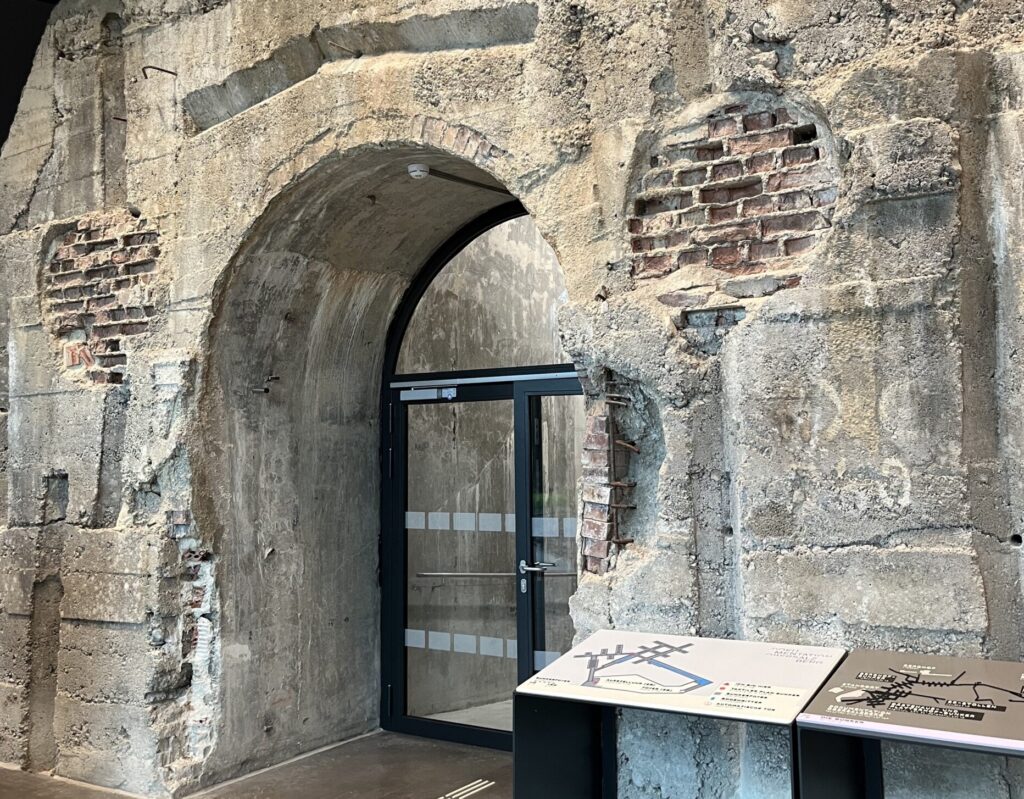

Plan your Visit
Eagle’s Nest (official English language website) is located in the town of Berchtesgaden. By car, you can reach it in approximately two hours from Munich, Germany, or in about 45 minutes from Salzburg, Austria. There are public transportation options from both cities, or you can join an organized day tour from either.
The Eagle’s Nest is typically open from May to October, though sometimes, snowfall or other bad weather conditions can affect these dates. For example, in 2024, the site had to unexpectedly close mid -September temporarily, because early snowfall that made the mountain road impassable.
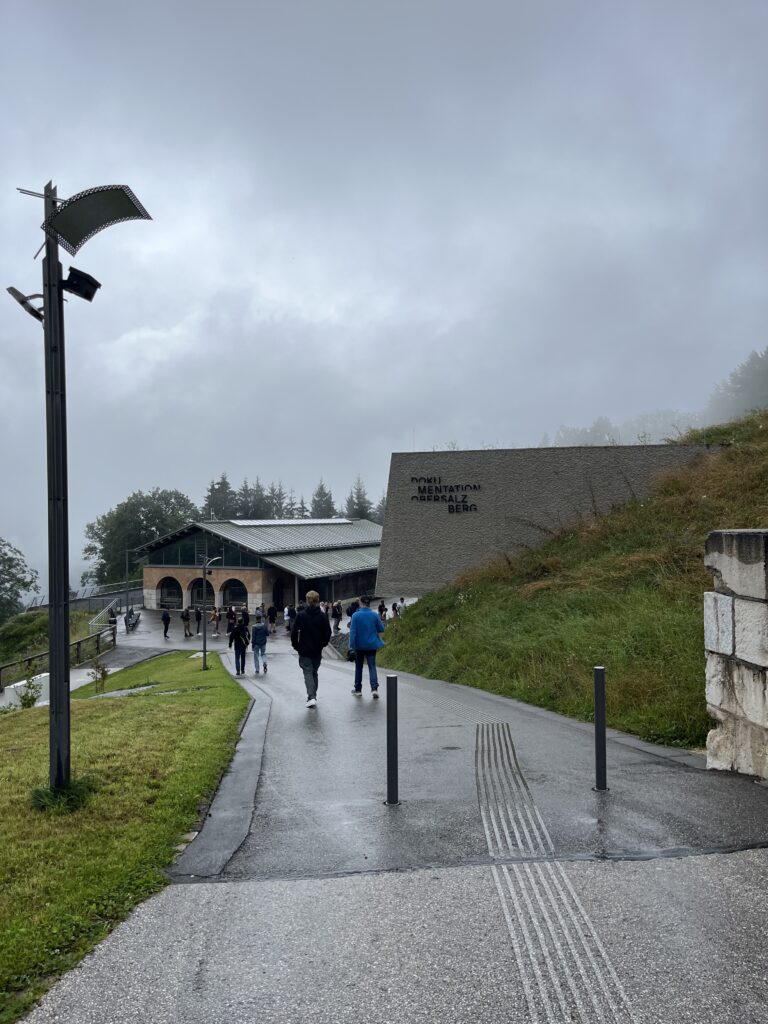
The Documentation Center is open year-round, except on federal holidays, and is well worth a visit on its own. There is a small entrance fee, and it offers an audio guide in multiple languages. I recommend setting aside two hours to explore the excellent exhibit.
The restaurant in the Eagle’s Nest offers Bavarian cuisine – you cannot make reservations, expect it to be crowded. On occasion, there is also a little snack hut on the patio.
Shuttle Bus Service & Tickets
Eagle’s Nest is only accesible via shuttle bus. There are parking lots at the foot of the hill, next to the documentation center (officiallh called: Hintereck/Eagles Nest parking area at Obersalzberg).
Shuttle buses depart every 25 minutes from the parking lot. Your bus ticket also serves as your entry ticket. It’s recommended to book bus tickets in advance, but if you haven’t, arrive early in the morning for the best chance of getting a seat. The first bus departs at 8:30 AM, and the last one at 4:30 PM, with shorter operating hours in October. You can purchase tickets here.
When booking online, you’ll need to choose your arrival and departure times. Plan to spend at least two hours at the Eagle’s Nest, and longer if you want to fully enjoy the panoramic views. There’s a ticket terminal near the elevator entrance at the Eagle’s Nest where you can adjust your return time if needed.
Summary
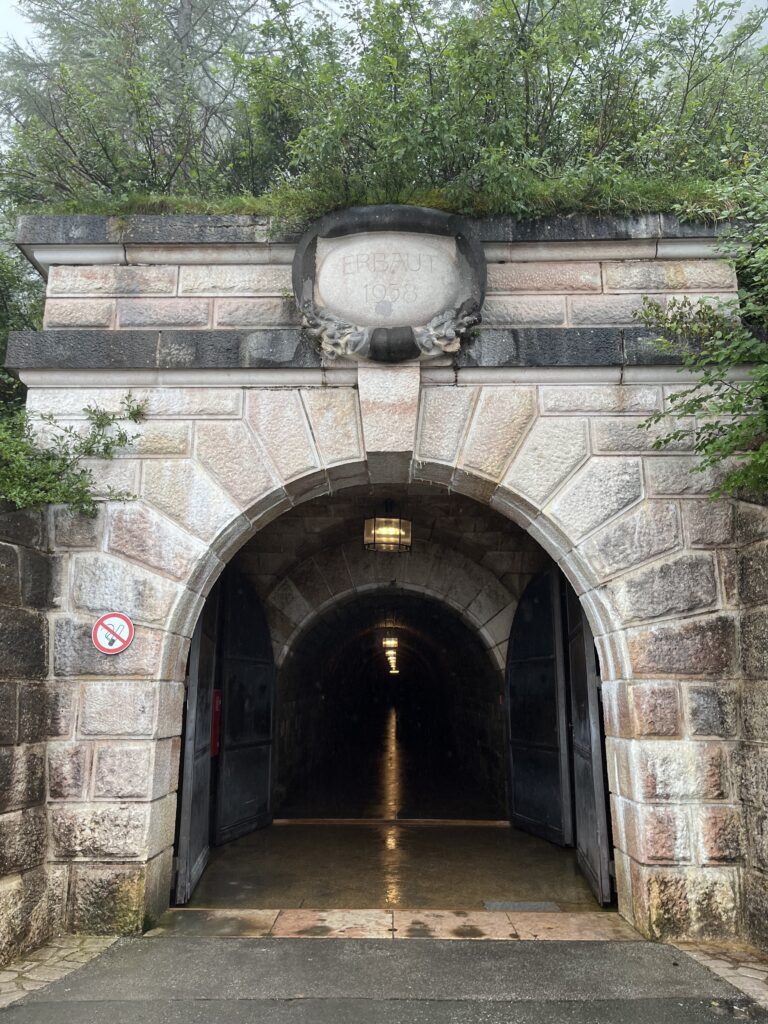
A visit to the Eagle’s Nest is not just about seeing a striking historical site set against breathtaking Alpine views—it’s about understanding the complex and troubling history of the area. The contrast between the idyllic surroundings and the dark decisions made there is a powerful reminder of the past.
Whether you’re drawn by the history, the scenery, or both, the Eagle’s Nest and the documentation center offer a meaningful experience. Be sure to plan your trip carefully, keeping in mind the seasonal nature of the site and the unpredictable mountain weather. With a little preparation, you’ll be able to fully appreciate this unique place, where history and nature are intertwined.
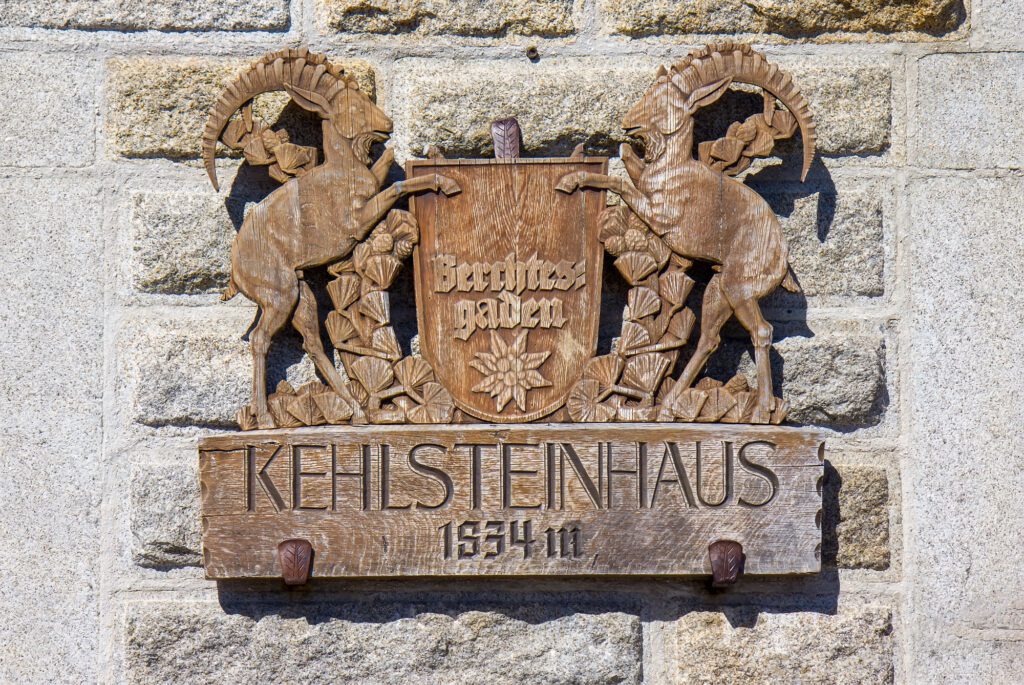

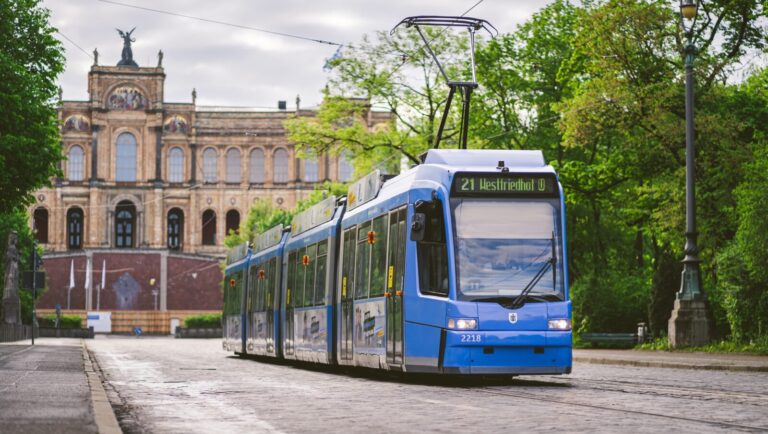

![5 Days in Munich: List of Best Things to See & Do [2024]](https://germanytravelcompany.com/wp-content/uploads/2023/11/Im-Munchner-Hofbrauhaus-©-Munchen-Tourismus-Frank-Stolle-768x512.jpg)